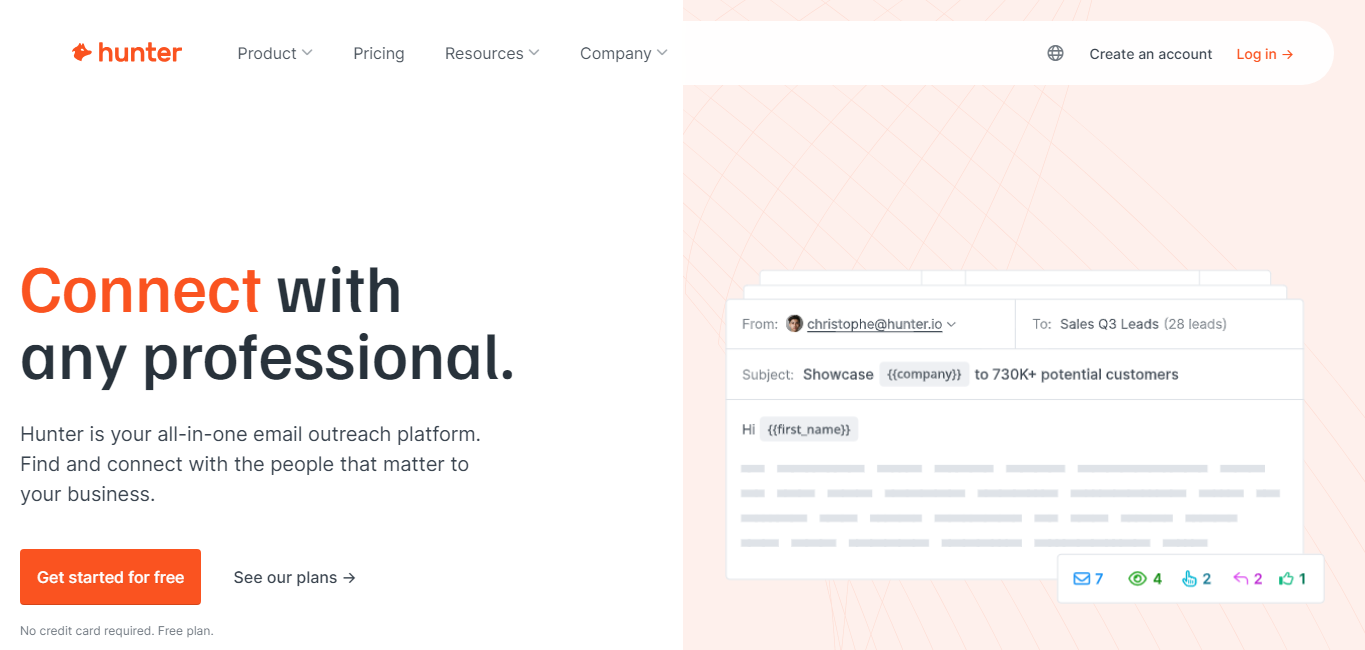Enhancing Email Advertising And Marketing Campaigns: A Comprehensive Overview for Success
In the realm of electronic marketing, e-mail projects proceed to be a keystone for companies seeking to engage with their target market successfully. From the subject line that determines whether an email gets opened up to the detailed approaches of audience division, customization, and A/B screening, every information plays an essential duty in the success of an e-mail advertising and marketing campaign.
Crafting Compelling Subject Lines
Crafting engaging subject lines is a vital facet of email advertising campaign optimization that significantly influences open prices and interaction levels. A well-crafted subject line serves as the first point of contact between the sender and the recipient, figuring out whether the email gets opened up or overlooked.
Furthermore, A/B testing various subject lines can provide important insights into what reverberates ideal with the target audience, enabling for continuous optimization based on real-time data. hunter io pricing. The best goal of crafting compelling subject lines is to tempt receivers to open the email, therefore raising the possibilities of conversion and promoting a favorable partnership between the brand name and the audience

Audience Segmentation Techniques
Effective target market segmentation strategies contribute in tailoring e-mail marketing projects to particular demographics or behavioral patterns, enhancing engagement and conversion prices. By dividing your customer listing into smaller sized, much more targeted sections based upon elements like age, place, purchase background, or searching habits, you can provide extra personalized and relevant material per team. This tailored technique enhances the probability of receivers involving with your emails, inevitably causing higher conversion prices.

Customization Techniques
The execution of customized content in email advertising and marketing projects enhances customer engagement and fosters a much deeper connection with recipients. Personalization techniques enable marketing experts to tailor their messages to private preferences, actions, and demographics, increasing the likelihood of conversion - hunter io pricing. One efficient technique of personalization is utilizing the recipient's name in the subject line or salutation, creating a sense of familiarity and significance. In addition, leveraging information from past interactions and purchase background allows marketing experts to recommend services or products that line up with view it now the recipient's rate of interests. Dynamic material insertion better improves customization by delivering personalized web content obstructs based upon individual information or division criteria.
Beyond fundamental customization, advanced techniques such as behavior targeting and anticipating analytics can anticipate consumer needs and provide very pertinent material in real-time. By evaluating customer interactions and interaction patterns, marketing experts can send prompt and customized suggestions that reverberate with receivers. The key to effective personalization lies in accumulating and leveraging consumer data efficiently while appreciating personal privacy and data defense policies. By carrying out tailored methods attentively and purposefully, e-mail marketers can drive higher interaction, improve conversion rates, and foster long-term customer loyalty.
A/B Evaluating Finest Practices
To maximize the effectiveness of e-mail advertising and marketing campaigns, utilizing A/B screening finest techniques is important for figuring out one of the most impactful strategies. A/B screening entails contrasting 2 versions of a marketing component, such as subject lines, material, or calls-to-action, to see which does much better with your target market. When conducting A/B examinations, it is my sources crucial to concentrate on one variable each time to precisely gauge its influence on the project's success.
To guarantee reputable results, it is recommended to test a substantial part of your email listing, preferably splitting it evenly in between the control (A) and variation (B) groups. In addition, establishing clear goals and essential performance indications (KPIs) prior to running the tests is essential for properly assessing the end results. Analyzing the results diligently and drawing workable understandings from the data will assist in refining future email marketing approaches. By constantly testing and maximizing different elements via A/B testing, marketers can improve engagement, conversion prices, and eventually, the total success of their email projects.
Metrics Tracking and Evaluation
For email advertising projects to yield ideal outcomes, meticulous tracking and evaluation of key metrics are critical. By keeping track of numerous metrics, marketers can acquire beneficial insights into the efficiency of their projects and make data-driven decisions to enhance performance. Several of the essential metrics to track include open rates, click-through prices, conversion prices, bounce prices, and unsubscribe rates. Open rates suggest the number of recipients opened the e-mail, while click-through prices gauge the number of users who clicked on links within the e-mail. Conversion prices disclose the percent of recipients who completed a preferred action, such as purchasing. Bounce prices highlight the variety of e-mails that were undeliverable, and unsubscribe prices show the number of recipients pulling out of future communications. Evaluating these metrics allows marketing experts to recognize trends, locations for improvement, and strategies for optimizing future projects, inevitably leading to increased engagement and ROI.
Verdict
In final thought, optimizing e-mail marketing projects needs attention to detail and critical preparation. Crafting compelling subject lines, utilizing target market division techniques, implementing customization methods, conducting A/B screening, and tracking other metrics are all necessary elements for success. By adhering to these guidelines and continually examining project performance, businesses can enhance engagement, conversion prices, and total efficiency of their e-mail advertising initiatives.